As the recession lingers, talks of paid content among newspaper and magazine brands has heated up. Some in traditional media feel that people are getting a free ride in the free content model of the web, while others are simply desperate for a sustainable revenue model.
In thinking about this, let’s review how we paid for content prior to the web:
- Newspapers:
Not much has changed here: we paid either a single price per issue, subscribed, or fished a free paper out of the trash bins at Penn station. Personally, before subscribing, I bought a half priced New York Times at the end of the work day in front of Penn Station. And this was before the NY Times and Wall Street Journal hit the $2 per issue mark.But we need to consider how the value of the newspaper has changed in the past decade. Before the internet reshaped our world, the newspaper was so much more than just the news – it often contained stock prices, sports scores, coupons, classifieds, and comics, plus it was one of the only ways to feel a sense of community to our town or region through media.
Nowadays, it’s not so simple as to consider how we can pay for The New York Times in digital form; the web has overwhelmed us with digital media, tons of news sources, along with communication channels such as email, Twitter and Facebook. The value of a single source of information is different today than it once was.
- Magazines
I still love magazines – such a beautiful package. When I was younger, I was constantly scanning magazines at the local food store, at friend’s houses, and taking special trips to Barnes & Noble and Borders to read them.For magazine titles I loved, I would subscribe, and to this day, I am still amazed at how cheap subscription prices are. Magazines that cost $4-5 per issue, end up costing 40 cents or $1 per issue when you subscribe.
My wife and I subscribe to quite a few magazines, but I often find that the intention to read them doesn’t always match up to reality. The magazines pile up, and good intentions often go out the door on recycling day.
- TV:
In the beginning, the cost of the television set itself was the only barrier for entry to consume TV for free. (maybe you needed an antenna installed too.) Then cable came along, with it’s monthly fees to experience the joy of Carson Daly on TRL, and then a la carte packages and channels like HBO or the "family pack," which includes 5 stations you don’t care about, plus the Disney channel.But even with cable, no one paid their $40 or $80 or $100 per month just to get news – even with the advent of 24 hour news networks and financial news channels. It was always packaged with dozens of other channels, mostly focused on entertainment.
My wife and I haven’t owned a TV or subscribed to a cable service in years – any TV I watch is online through sites like Hulu, CBS.com or archived episodes now available on Netflix.
- Music:
It is incredible how much time in my life was spent shopping for records, tapes and cd’s. My friends and I would take road trips to distant record shops, and spend hour after hour scanning through their "used" bins.People I knew didn’t run around wildly buying cds, they tended to borrow and carefully consider which to purchase. In the 60’s, 70’s, 80’s and 90’s there was not only just a huge culture around making tapes, but there was a practical reality to it. A blank tape cost less than a dollar, while a CD cost $15. Why were we never sued for buying a blank Maxell cassette tape back in 1991, considering that the most likely use of it would be to copy music from a friend?
Back then, even just hanging out at the record shop was an experience… killing hours talking about music with the clerk, buying very little.
- Books:
Much like music and magazines, I remember spending a lot of time reading in Borders, frequenting used bookstores, and borrowing from friends and family. And I have to say, I read plenty, but always had more books than I could possibly read, and still find there are plenty of books that I start, but don’t finish.Publishers are arguing over how much to charge for a Kindle book, as if that will save their industry. Personally, I don’t see my book buying habits being shaped by a difference of $5 in Kindle book price; I see it more as a problem in resources – I only have so many hours a day to consume media!
But you know what, all of that is really besides the point. What we need to consider is what people will pay for today. These things should be based on need, not based on propping up a business model that has eroded.
There is a lot of talk of two ideas to save the business models for media; keep in mind, that each of these means that a brand is asking for payment after a consumer buys their computers and then pays their internet bill each month:
- Pay walls for newspaper content
Essentially blocking off a content area from the rest of the web. I suppose this is like the HBO model, or other premium channels on cable TV. An inherent problem with this model is that it provides opportunity for other businesses that make their content free. The web has illustrated that brand loyalty only goes so far… if people feel they can get remotely comparable quality elsewhere for free, they will.Likewise, if The New York Times puts up a pay wall, and limits everyone’s access to original reporting – stories they break – will this prevent the news item from "getting out?" If they uncover a big scandal, they might lock you out from their original article and reporting, but clearly the story will be all over the web in moments, as other news organizations are compelled to report on it.
This is not at all to say that subscriptions and pay walls don’t and can’t work, but it is complicated at best.
- Micropayments for individual articles
Brands would ask consumers to pay for each individual piece of content that they want to consume, but the cost would be incredibly low, like text messages. I’m not sure which of the older models this would be most like – perhaps it is similar to those CD singles that came out after an album did, that included one big song and two B-sides.To build a system like this requires an entirely new economy to be constructed on the web. However, the barrier is not in the technical end of things, but the social end of it – creating a new behavior pattern where people choose to pay a nickel for an article. Not an easy feat to pull off, but it does happen, as Apple has illustrated with their iTunes model for music, and their App Store on the iPhone.
These are not the only two potential business models, but they seem to be the two discussed most by traditional media players. Personally, I am intrigued by many of the ideas that Michael Masnick shares on his TechDirt blog. Fascinating stuff, well worth your time.
As we consider business models around media today, below is a list of things people pay for, along with examples of classic products to inspire:
- Things that Entertain
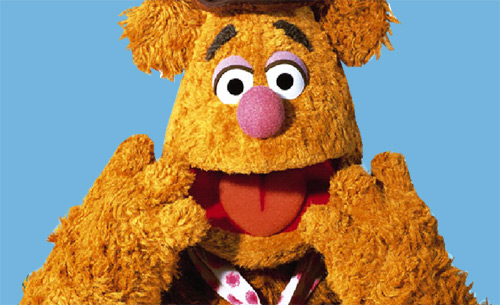
- Things that Help
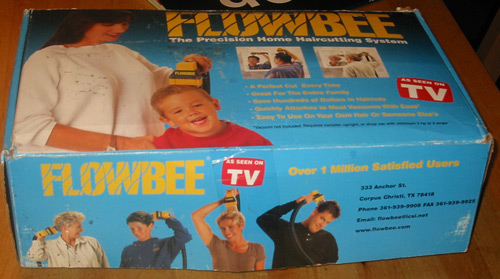
- Things that Connect
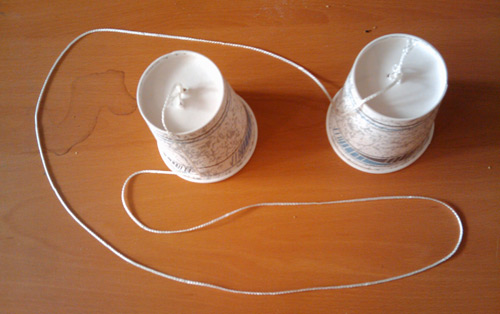
- Things that Enable
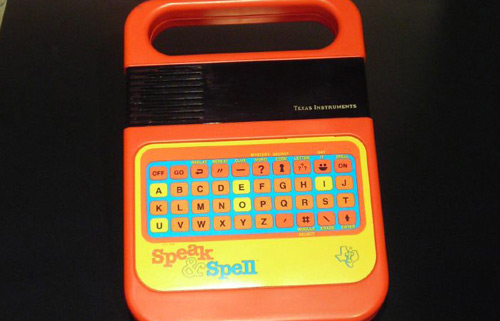
- Things that Inspire

- Things that Solve

- Things that are Incredibly Unique

- Things that Offer Convenience
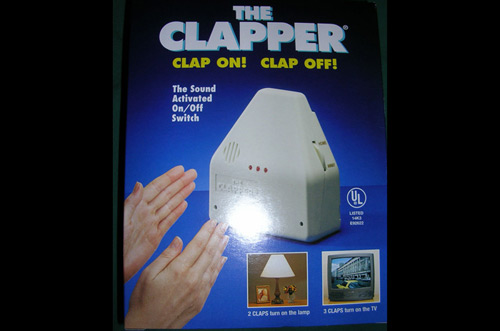
Not sure if that list really helps anyone in media, but it was fun to put together. It is interesting to think about why some brands or products take off, while others languish.
For those in media, opportunity abounds – not by building a moat around an old business model, but by finding new ways to serve your audience in useful and fun ways.

Very good point. I think the membership-based subscription model will prove to be a worthy means to monetize from content products. So far though the only dominant thing funding content creation online are advertising profits/revenues.
Dan,
Great post! I also love magazines and have since I was a kid. I am hopeful that beautiful, glossy magazines don't go away with all of the digital content. I had to laugh at your memories about music — I was also a tape dubber!
Thanks for the interesting observations and trip down memory lane.
Agreed – I think many media companies are ready for a more sophisticated revenue mix.
Thanks.
-Dan
🙂
Great post, Dan. The last points about what people will pay for are key. These are all things that help people. For media organisations right now, this is the starting point. But, the difficulty is heritage and traditional revenue streams (that still pay the bills, just about). Start-ups don't have this so focus on what helps.
Strangely, and especially in the B2B space, brands were all about helping – putting suppliers and buyers together, connecting people at events, engaging through content. Brands that still have the audience have the potential to provide the things that help. Content might or might not be one of those things but engaging those readers and users with the things, people and services they need to do their jobs better will surely see them succeed. Membership looks like a useful way of doing this BUT you have to 1)motivate people to want to join and 2) give them the ability to (easily) interact with you, talk to others, buy services etc 3) provide them with real benefits
Thanks Martin!
Great, great writeup. I've been mulling over the future of content-creators myself, and how advertising indelibly changed the basic relationship of creator and consumer. I'm not certain things can be reversed, though I believe that we should all be willing to pay for things we consume.
Good points, and clearly, there are no simple solutions that are applicable across all media. What's interesting is considering the cable system model compared to the internet system model. But once you enter the infinite channel universe, all previous models seem to be irrelevant.
Oh well, perhaps we'll solve this one tomorrow!
Have a nice evening.
-Dan